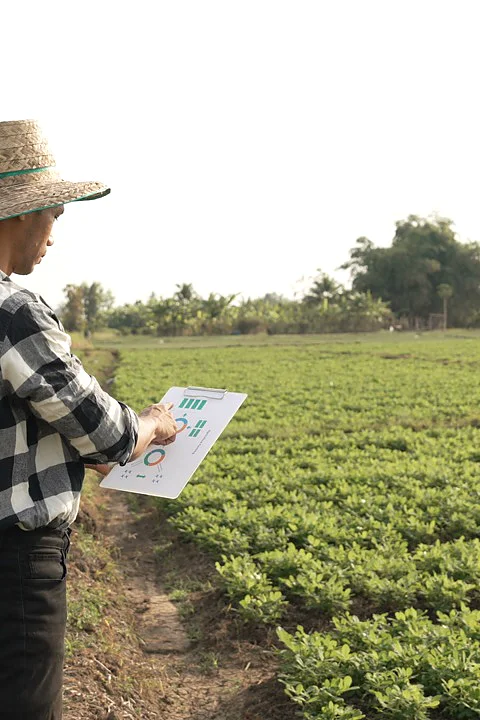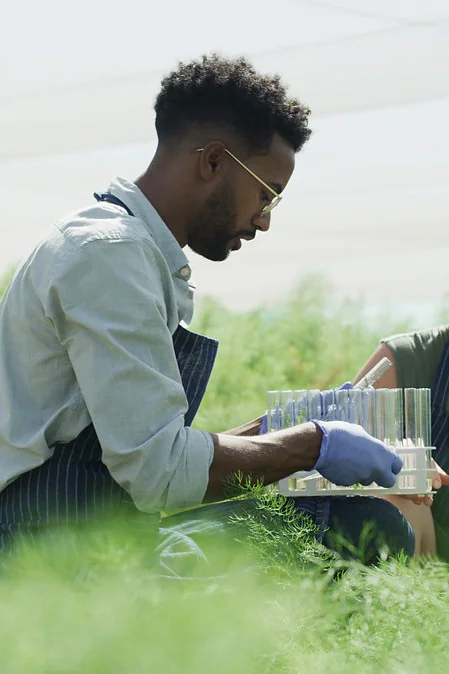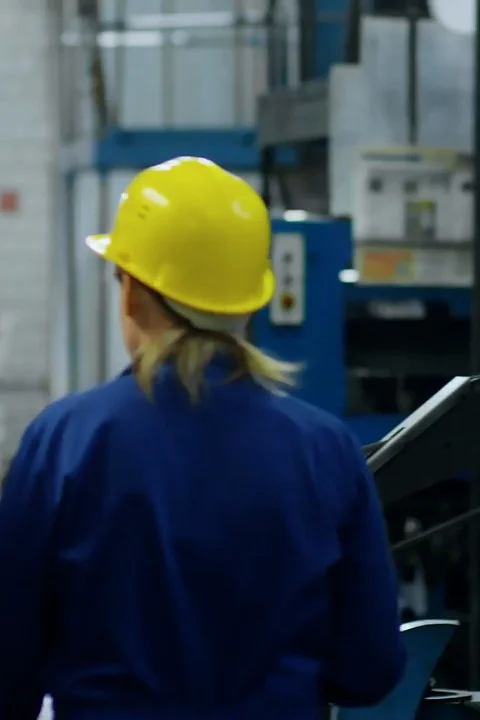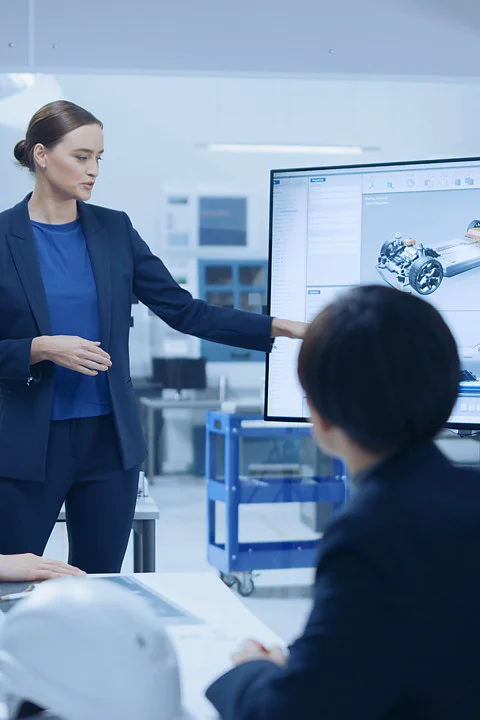Iused to be a valve on a coffee bag,” reads the label. The joint effort for increased sustainability includes similar success stories. “I am a model for sucess" is the claim of the pilot project specifically launched for this at the Hamburg-based stamping specialist in May 2022. Tons of paper waste are produced there every year, also due to the yearly production of an impressive amount of around 300 million coffee bag valves. Now, in cooperation with a specialized company, these are being reintroduced in a new raw material cycle and are no longer being incinerated. At the processing center, they are first collected and then picked up from our partner, who separates the silicone layers as part of the “RafCycle” process before reusing the remaining pulp and paper for new labels or other paper products.
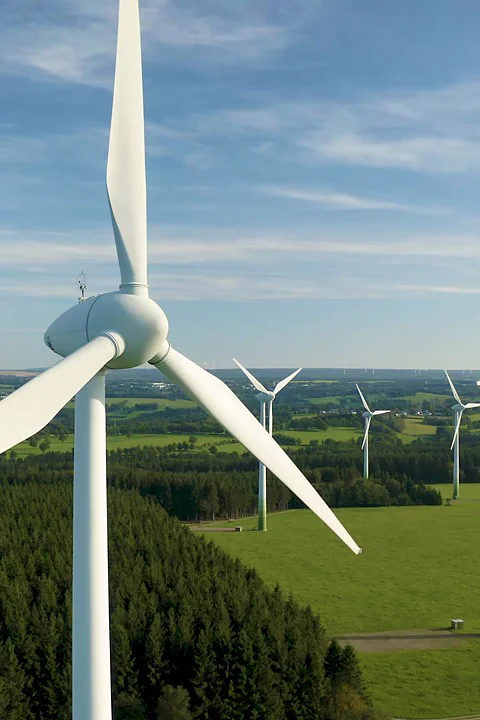
Reduce emissions
Read more

